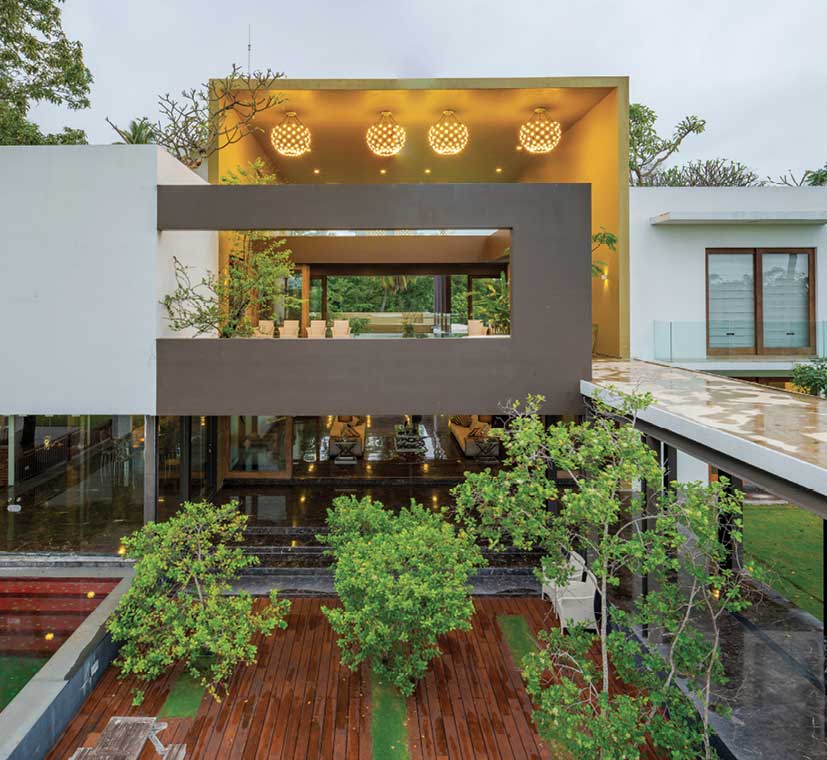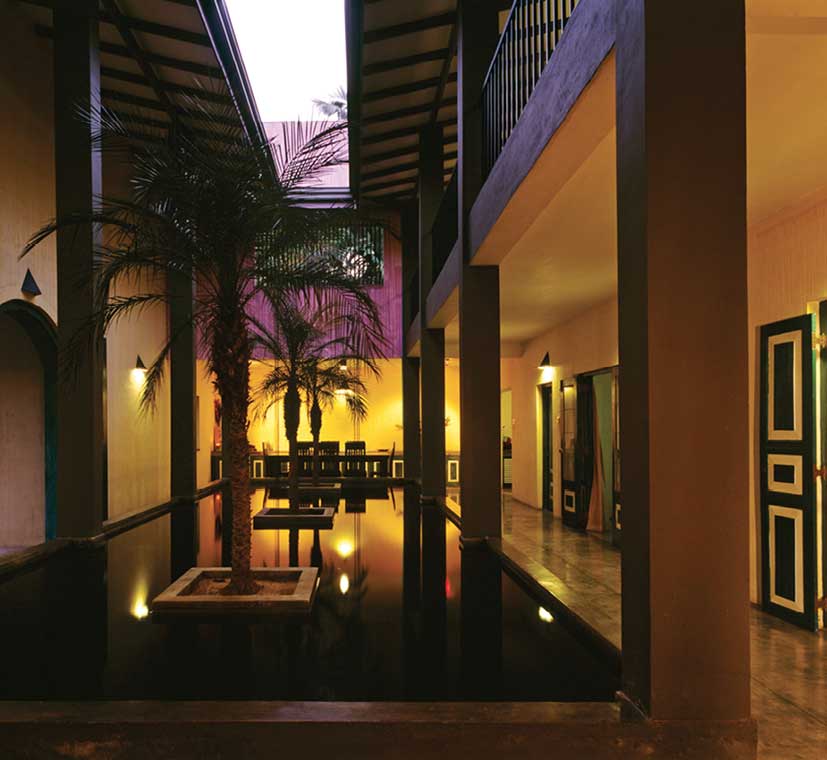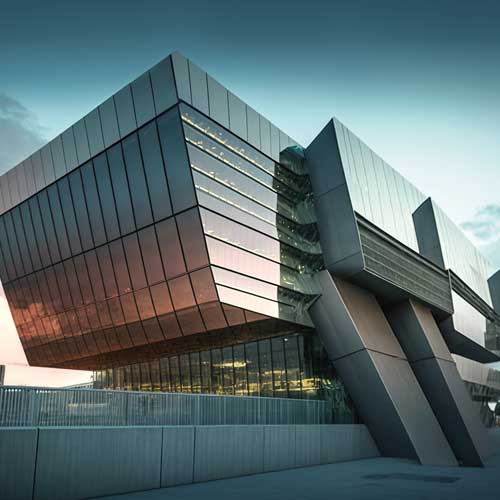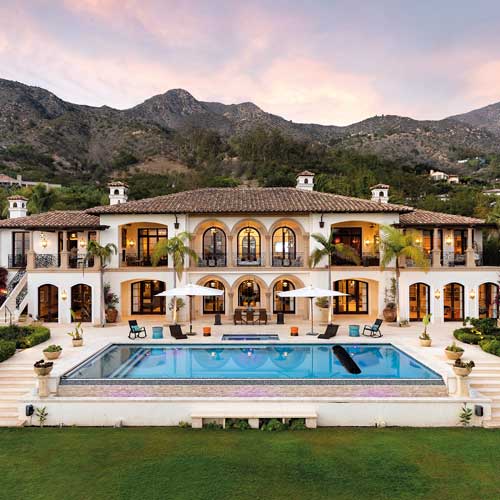Creating dialogue through matters of art
Nalaka Krishantha in conversation with Lashani Ramanayake


He has been passionate about all forms of art from an early age; and the foundation of Nalaka Krishantha’s architectural interests and appreciation of the arts was shaped by his father, as well as a host of talented people who spotted talent.
They showed the keen student how to inspire and shape the lives of others, through artistic creations such as poems, short stories, paintings and architecture.
While reminiscing, he cites two beachfront hotels in Tangalle and Wadduwa as the most memorable achievements in his career to date. As an architect, Krishantha aims to harmonise the built and natural environments while incorporating efficient, relaxing and budget-friendly living in his projects.
Q: How effective has Sri Lanka been in promoting the arts internationally?
A: Sri Lanka is not effective in promoting the arts internationally and should consider its promotion through tourism.
To enable this, we need knowledgeable people in institutions such as the Sri Lanka Tourism Development Authority (SLTDA) as well as tourist guides since they deal directly with visitors. They could play an important role in promoting our arts internationally.
Art education in schools must improve to match world standards. Many schools provide basic art education but very few keep pace with international trends. Furthermore, increasing participation in international art competitions will facilitate the promotion of Sri Lankan art on a global scale.
Q: What are the major obstacles to the development of architecture, design and construction in Sri Lanka?
A: A major obstacle is the lack of resources – i.e. equipment, technology and skilled construction workers. It’s hard to create a good piece of architecture when the craftsmanship is poor. We need institutions that train and create skilled workers, as well as contractors, to develop architecture.
The other major hindrance is corruption. Corrupt government employees and politicians create obstacles to the development of architecture, design and construction. Due to corruption, buildings that violate regulations are being constructed. These people create difficulties and prevent good buildings from being constructed, due to their personal and political agendas.
In addition, people in other professions who lack architectural education and skills – such as technical officers, public health inspectors, surveyors, draughtsmen and engineers – design buildings that impede the development of architecture, design and construction.
Q: How do technology and social media impact designers?
A: There are positive and negative impacts on designers. Many software programmes such as SketchUp, Adobe Photoshop, InDesign, AutoCAD and methods like 3D modelling help designers and architects, and support easy and efficient amendments to design.
Further, it isn’t necessary anymore to make physical models as a computer generated version can perform this task. Technology saves time and improves a design’s accuracy.
Designers around the world use social media as it’s one of the easiest and fastest ways to promote designs and communicate with each other, thereby learning from peers across the world.
Social media and technology often influence designers to create globalised designs with international influence rather than develop those that respond to the local context. I believe this is a negative aspect of social media and technology.









